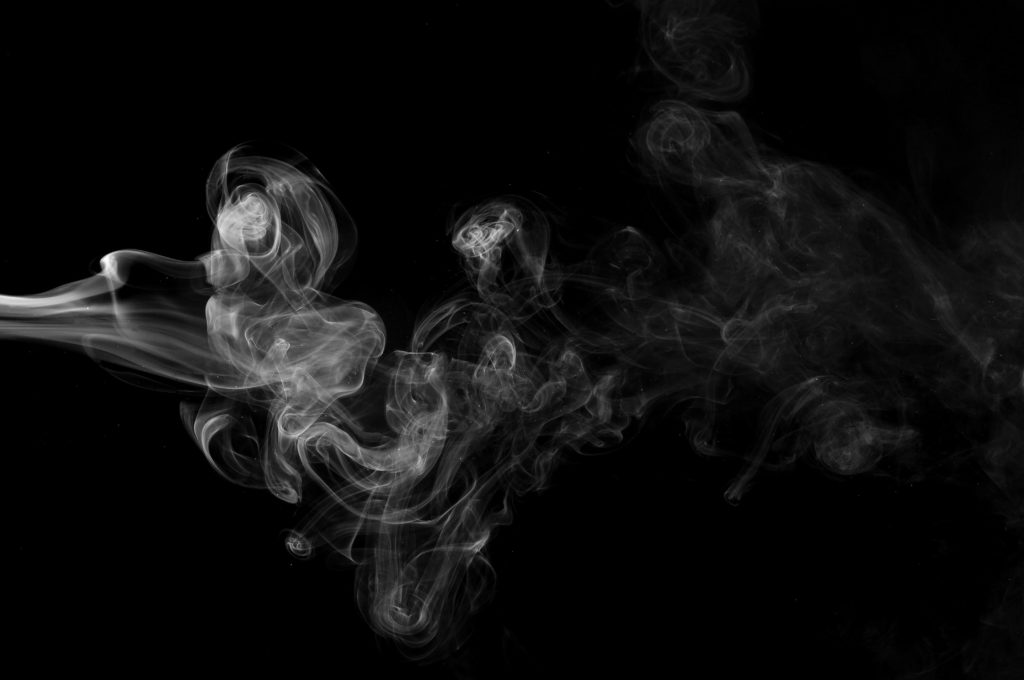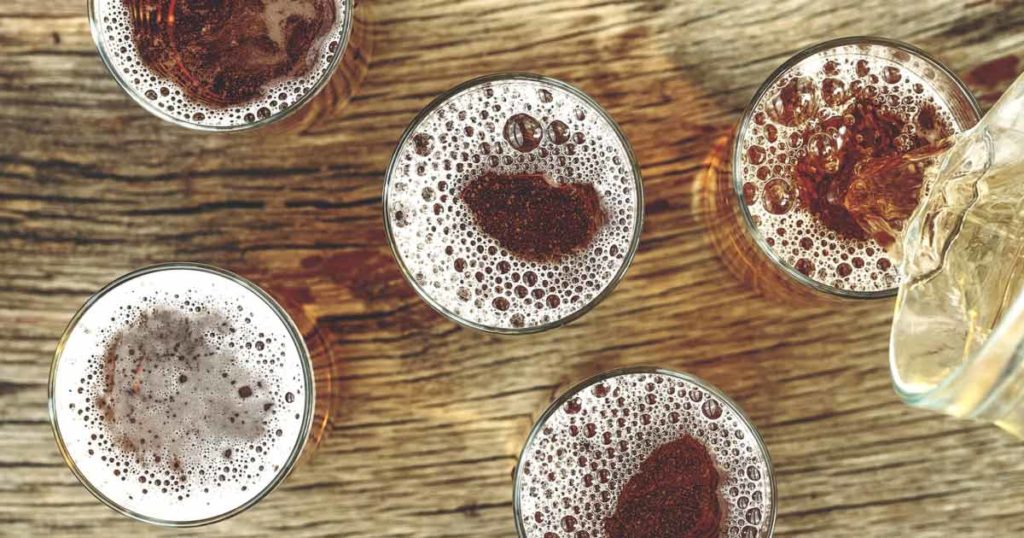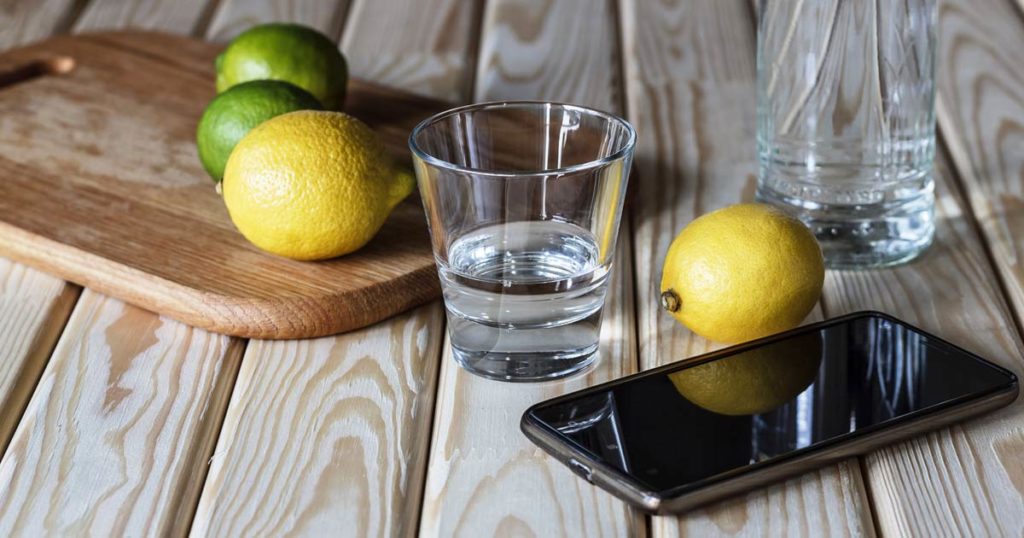New evidence from a group of American researchers points toward the purposeful placement of advertisements for energy drinks, substances believed to significantly increase adolescents’ overall substance-related risk, on U.S. TV channels with high levels of teen viewership. Energy drinks are highly caffeinated beverages known for their ability to, among other things, encourage increased alcohol consumption by partially masking the effects of alcohol intoxication. Use of these drinks may pose especially high risks for teenagers. In a study published in March/April 2015 in the Journal of Nutrition Education and Behavior, researchers from Dartmouth College’s Geisel School of Medicine examined the patterns of energy drink advertising on U.S. television and cable networks. These researchers concluded that networks oriented largely toward teen viewers make up more than half of the top 10 outlets for energy drink commercials. Energy Drinks All energy drinks sold in the U.S. contain relatively high levels of caffeine or other stimulant substances that act as caffeine substitutes. Widely distributed examples of these products include Red Bull, 5-Hour Energy, Monster and Rock Star. At the low end of typical stimulant range, a relatively weak energy drink contains approximately 40 percent more caffeine or caffeine equivalent than the same amount of a highly caffeinated soda like Mountain Dew, and more than twice as much caffeine as a moderately caffeinated soda such as Pepsi or Coca Cola. Conversely, a strong energy drink can contain roughly 300 percent more caffeine or caffeine equivalent than the same amount of a highly caffeinated soda and over 500 percent more caffeine or caffeine equivalent than a moderately caffeinated soda. When combined with alcohol, an energy drink can help conceal drunkenness by reducing subjective feelings of fatigue. Effectively, this means that people consuming energy drinks may imbibe more alcohol than people not consuming these drinks. In fact, current evidence indicates that individuals who combine alcohol use and energy drink use consume alcohol with heightened frequency and also have higher blood-alcohol levels at the end of their drinking sessions. The combination of alcohol and energy drinks also increases risks for dehydration-related hangovers in the aftermath of drinking sessions. When consumed without alcohol, energy drinks can trigger significant dehydration, interfere with sleep and seriously boost normal blood pressure and heart rate. Teenagers and Energy Drinks Teenagers make up a considerable portion of the U.S. market for energy drinks. Unfortunately, results from a 2014 study published in the journal Preventive Medicine indicate that consumption of these beverages substantially boosts any given teen’s chances of getting involved in substance use. Substance use risks are higher among adolescents who heavily consume energy drinks than among adolescents with lower levels of intake. Other problems found with unusual frequency in teen energy drink consumers include depression and involvement in a generally risk-inducing behavior called sensation-seeking. Among adolescent energy drink consumers, depression and sensation-seeking rates are highest in those individuals with relatively high levels of drink intake. Targeting of TV Advertising In the study published in the Journal of Nutrition Education and Behavior, the Dartmouth College researchers used data gathered from 139 U.S. television networks and cable outlets to help determine nationwide patterns of energy drink commercial distribution. This process took place over a yearlong period in 2012 and 2013. The researchers used relevant trade magazines to examine the typical viewerships of each network and cable channel under consideration and identify those channels/networks with heavy teen followings. The researchers preliminarily concluded that the 139 channels and networks under assessment devoted a total of 608 hours to energy drink advertising between early 2012 and early 2013. Almost half (46.5 percent) of this time was purchased on just the top 10 TV outlets. The researchers found that six of the top 10 outlets for energy drink commercials—MTV2, FUSE, ESPN-2, MTV, Black Entertainment Television and ESPN News— rely substantially or primarily on teen viewership. They also concluded that MTV2 alone aired over 49 hours of energy drink commercials between early 2012 and early 2013. This is the equivalent of roughly 8 percent of all TV advertising of energy drinks during the period under consideration. Critically, MTV2 has a teen viewership nearly five times higher than the typical American TV audience. Based on their findings, the study authors concluded that the makers of energy drinks “primarily advertise” on TV outlets with large numbers of adolescent viewers.






